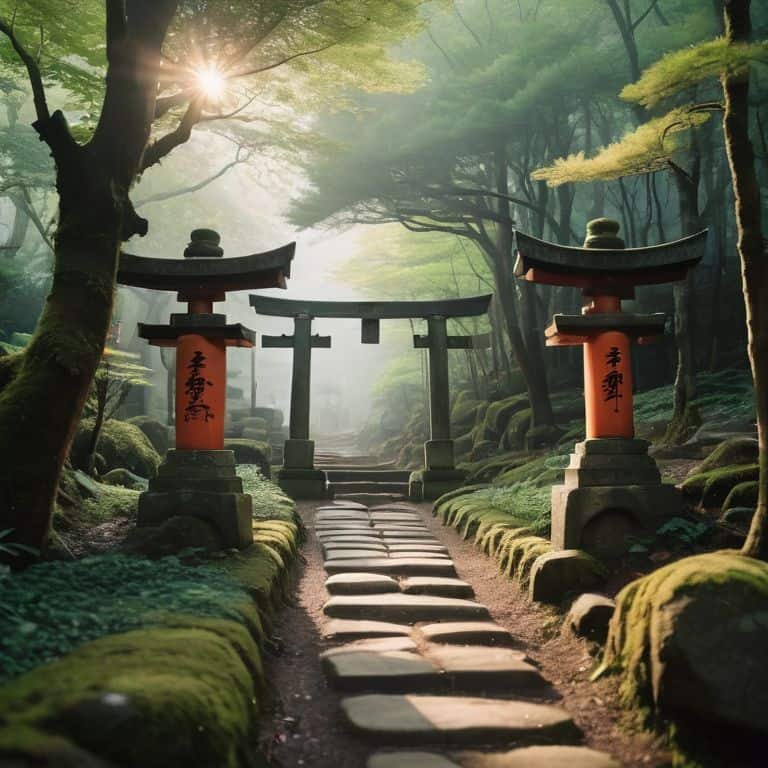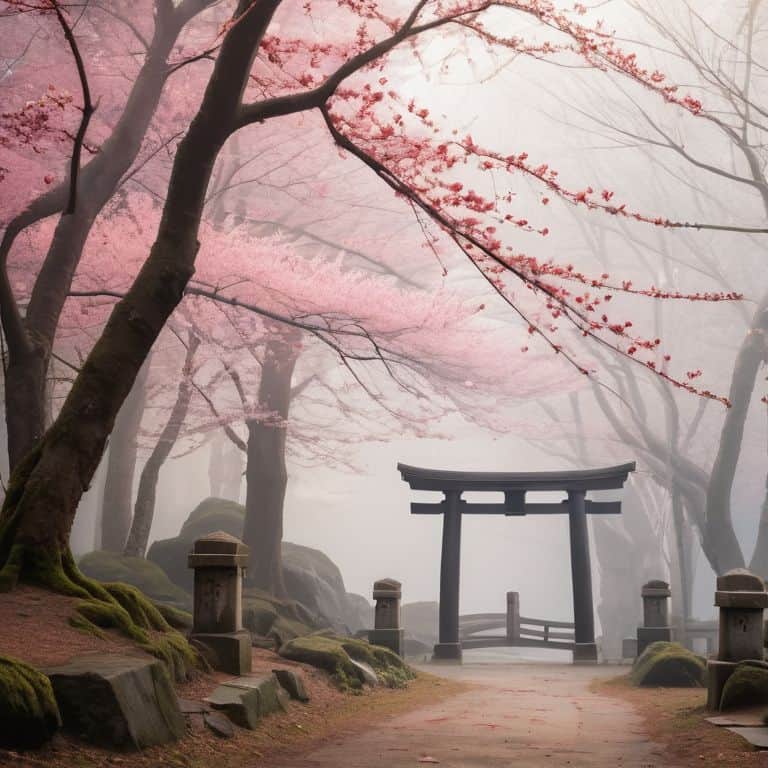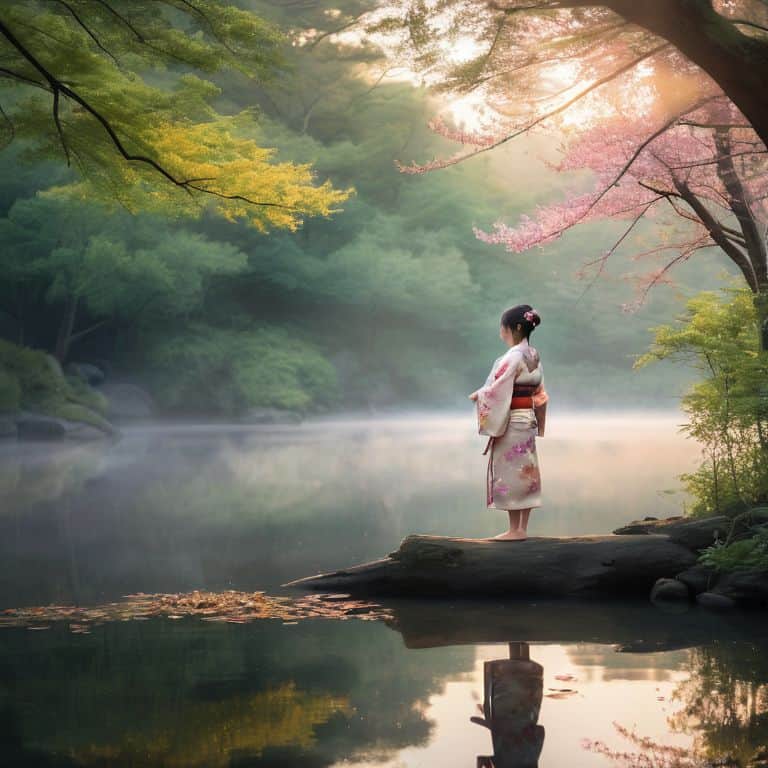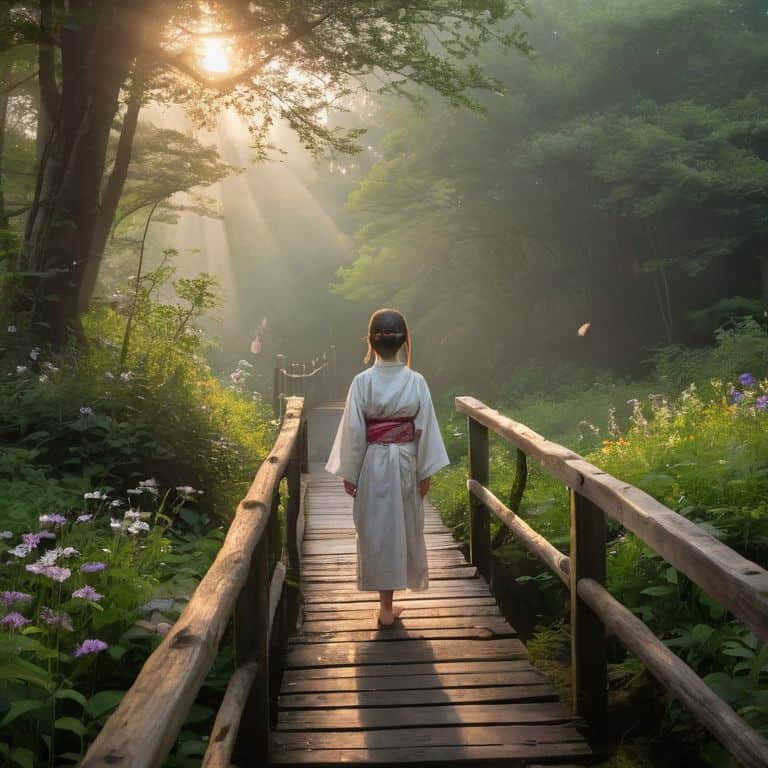I still remember the first time I watched Spirited Away – the way the animated landscapes seemed to tap into my collective unconscious, revealing a world that was both fantastical and eerily familiar. As I delved deeper into the films of Studio Ghibli, I began to realize that their cultural significance wasn’t just about beautifully crafted animation, but about the way they reflected our deepest desires and anxieties. The cultural significance of Studio Ghibli is often reduced to simplistic notions of “Japanese culture” or “environmentalism,” but I believe there’s more to it – a complex web of themes and emotions that resonate with audiences worldwide.
As someone who’s spent years analyzing the cultural undercurrents that shape our lives, I’m excited to share my thoughts on the cultural significance of Studio Ghibli. In this article, I promise to provide a no-nonsense exploration of what makes these films tick, beyond the usual hype and superficial analysis. I’ll draw from my own experiences as a music journalist and academic to provide a unique perspective on how Studio Ghibli’s films reflect our deepest anxieties and desires. By the end of this journey, you’ll have a deeper understanding of why these films continue to captivate audiences, and what they reveal about our shared human experience.
Table of Contents
- Unpacking Studio Ghibli
- The Cultural Significance of Studio Ghibli
- Unraveling the Enigma: 5 Key Insights into the Cultural Significance of Studio Ghibli
- Key Takeaways: Unpacking the Cultural Significance of Studio Ghibli
- Unpacking the Ghibli Phenomenon
- Unpacking the Timeless Appeal of Studio Ghibli
- Frequently Asked Questions
Unpacking Studio Ghibli

As I delve into the world of Studio Ghibli, I’m struck by the influence of Japanese culture on animation, which permeates every frame of their films. From the vibrant landscapes of Princess Mononoke to the whimsical creatures of Spirited Away, it’s clear that the studio’s founders, Hayao Miyazaki and Isao Takahata, drew heavily from Japan’s rich cultural heritage. The result is a unique blend of traditional folklore and modern storytelling that has captivated audiences worldwide.
One of the most striking aspects of Studio Ghibli’s films is their emphasis on environmental themes, which serve as a powerful form of cultural critique. In films like Nausicaa of the Valley of the Wind, the studio tackles complex issues like pollution, climate change, and the human relationship with nature. By using animation as a medium, Studio Ghibli is able to convey these themes in a way that’s both accessible and thought-provoking, making their films a must-see for anyone interested in animation as a form of cultural critique.
Through their films, Studio Ghibli has also played a significant role in preserving and promoting Japanese folklore in modern animation. By incorporating traditional myths and legends into their stories, the studio has helped to keep these cultural traditions alive, while also introducing them to a new generation of audiences. This cultural preservation through animated storytelling is a testament to the power of animation to shape our understanding of the world and our place within it.
Beyond Totoros Twinkling Eyes
As I delve into the world of Studio Ghibli, I find myself drawn to the symbolic landscapes that populate their films. From the mystical forests of Princess Mononoke to the dreamlike gardens of Kiki’s Delivery Service, each environment is a reflection of the human experience. The attention to detail in these settings is not merely aesthetic, but a deliberate choice to convey the emotional and psychological states of the characters.
In this context, Totoro’s presence can be seen as a catalyst for imagination, allowing the characters to tap into their inner world and confront their deepest fears and desires. By exploring these themes, Studio Ghibli’s films offer a unique window into the collective unconscious, revealing the desires and anxieties that shape our lives.
Japanese Folklore in Modern Anime
As I delve into the world of Studio Ghibli, I’m struck by the way Japanese folklore weaves its way into the narrative of modern anime. The studio’s films are not merely fantastical tales, but rather a reflection of the country’s rich cultural heritage.
The use of mythological creatures in Ghibli’s films serves as a bridge between traditional Japanese folklore and contemporary storytelling, allowing audiences to connect with the past while still being entertained by a modern narrative.
The Cultural Significance of Studio Ghibli

As I delve into the world of Studio Ghibli, I’m struck by the influence of Japanese culture on animation that permeates every frame. From the lush landscapes of Princess Mononoke to the whimsical spirits of Spirited Away, it’s clear that the studio’s founders were deeply rooted in the country’s rich folklore and traditions. This unique blend of cultural heritage and modern storytelling has not only captivated audiences worldwide but also helped to preserve Japanese cultural identity in a rapidly globalizing world.
The studio’s films often feature environmental themes, with characters grappling with the consequences of human actions on the natural world. In Nausicaa of the Valley of the Wind, for example, the titular heroine fights to protect her people and the environment from the devastating effects of industrialization. This spirituality in Studio Ghibli movies is not limited to overtly environmental tales, however, as many of their films explore the interconnectedness of all living things and the importance of living in harmony with nature.
By examining Studio Ghibli’s body of work, it becomes clear that animation can be a powerful form of cultural critique. Their films often use fantasy and adventure to comment on real-world issues, from the dangers of unchecked technological progress to the importance of preserving traditional ways of life. This approach has helped to establish Studio Ghibli as a leading voice in global animation, with their films continuing to inspire and educate audiences around the world.
Environmental Themes in Animated Films
As I delve into the world of Studio Ghibli, I’m struck by the profound impact of environmental themes in their films. From the haunting beauty of Princess Mononoke to the whimsical wonder of My Neighbor Totoro, the studio’s animated landscapes are more than just backdrop – they’re a character in their own right, shaping the narrative and reflecting our deepest anxieties about the natural world.
The films often feature dystopian futures, where humans have ravaged the environment, serving as a cautionary tale about the consequences of our actions. This is particularly evident in Nausicaa of the Valley of the Wind, where a post-apocalyptic world is plagued by toxic waste and pollution, highlighting the urgent need for environmental stewardship.
Spirituality and Cultural Critique in Anime
As I delve into the spiritual undertones of Studio Ghibli’s films, I’m reminded that anime is more than just entertainment. It’s a reflection of our collective soul, echoing the human condition in all its complexity. The studio’s use of fantastical elements, like spirits and magical creatures, serves as a metaphor for the unknown, inviting viewers to contemplate their place within the universe.
In this context, Ghibli’s anime often doubles as cultural critique, challenging societal norms and encouraging audiences to think critically about the world around them. By exploring the intersection of spirituality and social commentary, we can gain a deeper understanding of the emotional resonance that makes these films so enduringly popular.
Unraveling the Enigma: 5 Key Insights into the Cultural Significance of Studio Ghibli
- Dive into the realm of Japanese folklore, where Studio Ghibli’s films often serve as a lens to understand the country’s rich cultural heritage and its evolution over time
- Explore how Studio Ghibli’s animated features, such as Princess Mononoke and Nausicaa, reflect and influence environmental themes and concerns, mirroring the anxieties of their respective eras
- Analyze the role of strong, independent female protagonists in Studio Ghibli’s films, like Spirited Away and Kiki’s Delivery Service, and how they embody feminist ideals and challenge traditional gender roles
- Examine the intersection of spirituality and cultural critique in Studio Ghibli’s works, where themes of identity, community, and the human condition are intricately woven into the narrative fabric
- Consider the impact of Studio Ghibli’s films on global popular culture, from inspiring countless fan art and fan fiction to influencing other animators and filmmakers, and how this phenomenon reveals the universal appeal of their storytelling
Key Takeaways: Unpacking the Cultural Significance of Studio Ghibli
Studio Ghibli’s films are more than just beautifully crafted animations – they serve as a reflection of our collective psyche, tapping into our deepest desires and anxieties through their portrayal of environmental themes, spirituality, and cultural critique.
The use of Japanese folklore in modern anime, as seen in Studio Ghibli’s works, not only preserves cultural heritage but also provides a unique lens through which to view contemporary societal issues, making the ordinary, extraordinary.
By examining the cultural significance of Studio Ghibli’s films, we can gain a deeper understanding of the human experience, revealing insights into our emotional, spiritual, and environmental connections, and challenging us to reconsider our place within the world and our responsibilities towards it.
Unpacking the Ghibli Phenomenon
Studio Ghibli’s films are more than just beautifully animated tales – they’re a reflection of our collective longing for a harmonious relationship between humanity and nature, a poignant reminder that our deepest anxieties and desires are inextricably linked to the world around us.
Julian Thorne
Unpacking the Timeless Appeal of Studio Ghibli

As we delve into the cultural significance of Studio Ghibli, it becomes clear that their films are more than just beautifully crafted animations – they are windows into our collective psyche. From the environmental themes in Princess Mononoke to the spiritual and cultural critiques in Spirited Away, Ghibli’s works tap into our deepest desires and anxieties. By exploring the studio’s use of Japanese folklore, its portrayal of complex female characters, and its exploration of humanity’s relationship with nature, we gain a deeper understanding of the cultural context in which these films were created.
Ultimately, the enduring appeal of Studio Ghibli lies in its ability to transcend cultural boundaries and speak to our shared human experiences. As we continue to navigate the complexities of our modern world, Ghibli’s films offer a powerful reminder of the importance of empathy, curiosity, and self-reflection. By embracing the wisdom and wonder of these animated dreamscapes, we may just discover new insights into our own lives and the world around us.
Frequently Asked Questions
How does Studio Ghibli's portrayal of strong female protagonists reflect and influence societal attitudes towards women's roles in Japan and beyond?
Studio Ghibli’s portrayal of strong female protagonists, like Sheeta and San, subverts traditional patriarchal norms, reflecting Japan’s shifting attitudes towards women’s roles and influencing global perceptions, as these characters embody independence, resilience, and determination, inspiring new generations of women and girls.
In what ways do Studio Ghibli's films serve as a form of social commentary on Japan's relationship with its environment and the consequences of industrialization?
Studio Ghibli’s films, like Princess Mononoke and Nausicaa, serve as scathing social commentary on Japan’s fraught relationship with its environment, laying bare the consequences of industrialization and the clash between tradition and progress, revealing a nation torn between its verdant heritage and the ravages of modernity.
Can the enduring popularity of Studio Ghibli's films be seen as a reflection of a global desire for more nuanced and thoughtful storytelling in animation, and what does this say about our current cultural landscape?
I’d argue that Studio Ghibli’s lasting appeal indeed reflects a global craving for more sophisticated animation, one that eschews simplistic narratives for complex, emotionally resonant storytelling, echoing our deep-seated desire for substance in a chaotic world.
